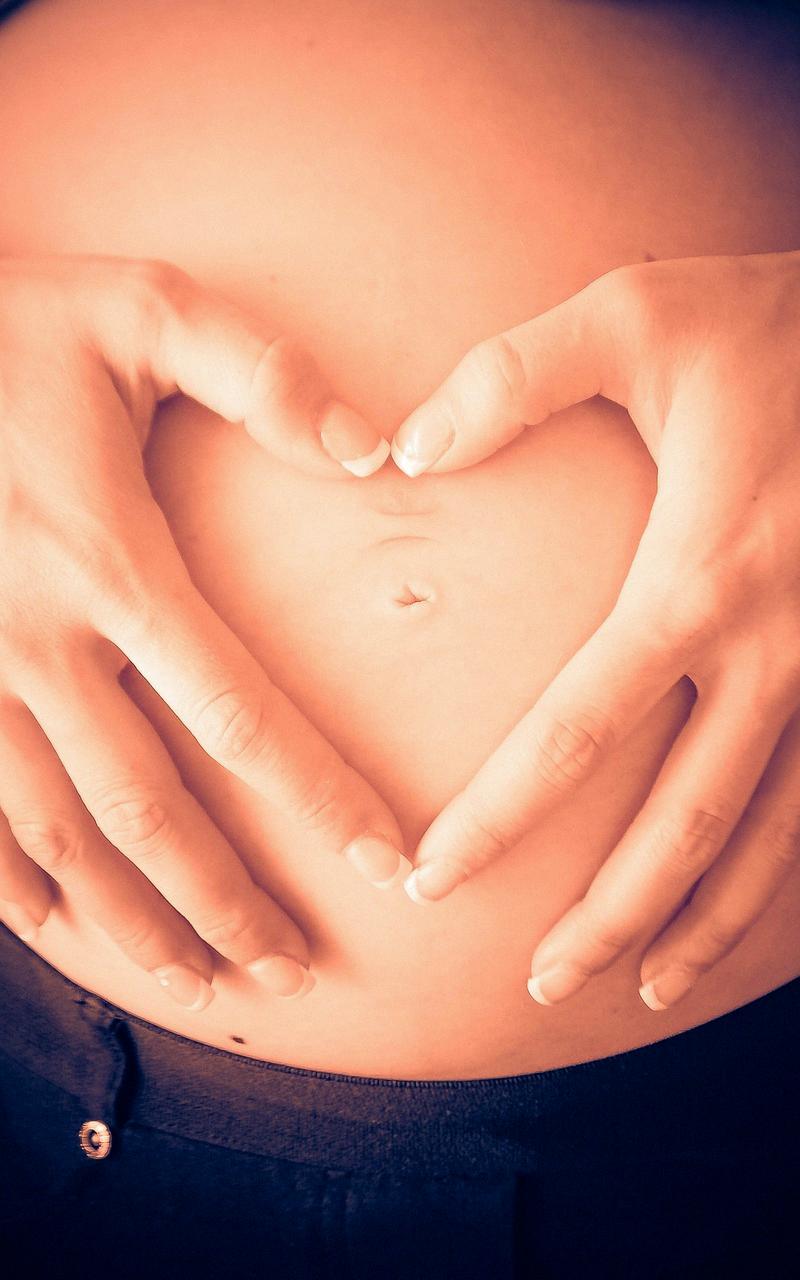Experiencing rib pain during pregnancy can be concerning, especially when trying to distinguish between normal discomfort and potential signs of a more serious condition like preeclampsia.
Identifying the Location of the Pain
When trying to determine if your rib pain is related to preeclampsia, it is crucial to pay attention to the location of the discomfort. Preeclampsia-related rib pain typically manifests in the upper right quadrant of the abdomen, just below the ribs.
Characteristics of Preeclampsia-related Rib Pain
The rib pain associated with preeclampsia may mimic symptoms of indigestion or heartburn. It can feel like a persistent ache or sharp pain, often worsening after eating or when taking deep breaths.
Additional Symptoms to Watch For
Alongside rib pain, individuals with preeclampsia may experience other symptoms such as high blood pressure, swelling in the hands and face, sudden weight gain, headaches, vision changes, and nausea or vomiting.
Consultation with a Healthcare Provider
If you are experiencing persistent rib pain or any of the accompanying symptoms mentioned, it is crucial to seek immediate medical attention. A healthcare provider can conduct a thorough evaluation to determine the cause of your discomfort.
Diagnostic Tests and Monitoring
Medical professionals may perform various tests to diagnose preeclampsia, such as blood pressure monitoring, urine analysis to check for protein levels, blood tests, and in severe cases, imaging studies to assess organ function.
Importance of Early Detection
Early detection of preeclampsia is vital for managing the condition and reducing the risk of complications for both the pregnant individual and the baby. Regular prenatal check-ups can help in monitoring your health throughout pregnancy.
Treatment Options and Management
Depending on the severity of preeclampsia, treatment strategies may include medication to lower blood pressure, bed rest, dietary changes, and in more severe cases, early delivery of the baby to prevent further complications.
Preventive Measures and Self-care
While some risk factors for preeclampsia cannot be controlled, such as family history or maternal age, maintaining a healthy lifestyle, attending prenatal appointments, and following your healthcare provider’s recommendations can help in reducing the likelihood of developing the condition.
Emotional Well-being and Support
Coping with a potential diagnosis of preeclampsia can be overwhelming, and it is essential to prioritize your emotional well-being during this time. Seeking support from loved ones, joining support groups, and discussing your concerns with healthcare providers can aid in emotional management.
Stay Informed and Advocating for Yourself
Being informed about preeclampsia, recognizing the symptoms, and advocating for yourself during medical appointments are crucial steps in ensuring your health and the health of your baby are prioritized throughout pregnancy.
Final Thoughts
In conclusion, if you are experiencing rib pain during pregnancy, particularly in the upper right quadrant of the abdomen, it is essential to consider the possibility of preeclampsia. Prompt medical evaluation and proactive management can lead to better outcomes for you and your baby.

